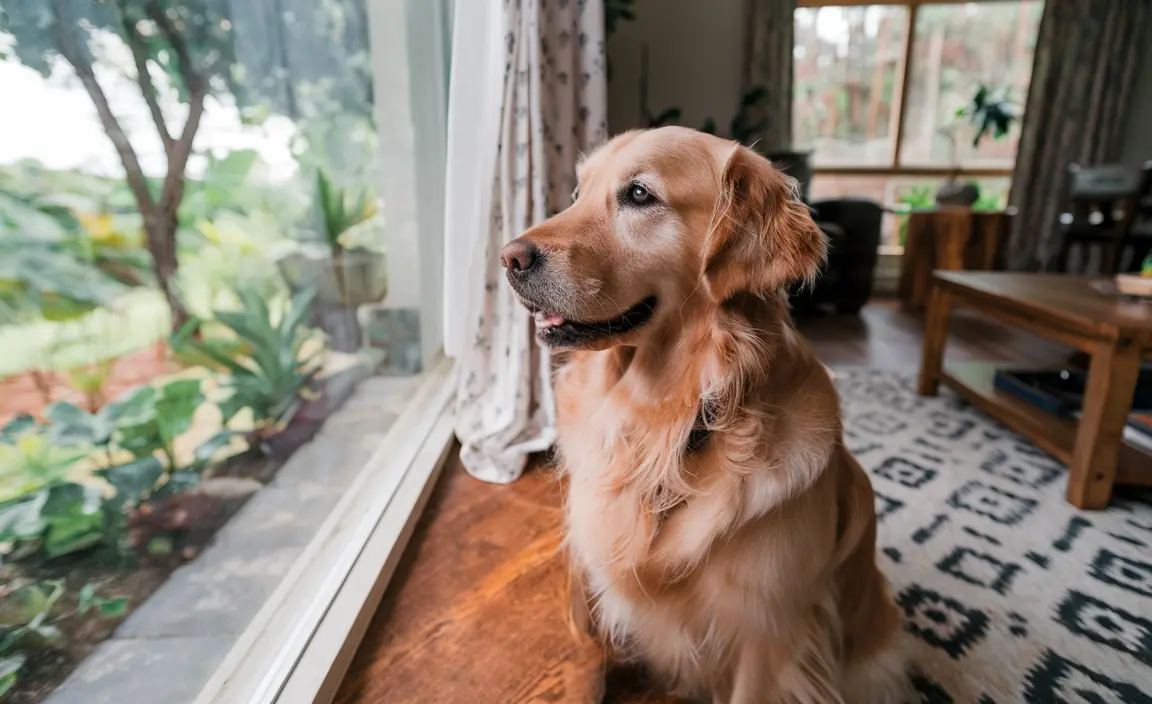Bringing a second dog into your home is a significant decision that requires careful consideration and planning. While the idea of providing your current furry friend with a companion might sound appealing, the reality involves complex emotional, financial, and logistical factors that every responsible pet owner must evaluate thoroughly.
This guide will walk you through the essential pros, cons, and critical considerations of adding another dog to your household, helping you make an informed and compassionate choice that benefits both your existing and potential new pet.
Understanding the Dynamics of Adding a Second Dog
Before diving into the decision, it's crucial to recognize that getting another dog isn't just about doubling the cuddles—it's about creating a harmonious living environment that meets the needs of both canine companions.
Companionship: More Than Just Having a Playmate
Dogs are inherently social animals that thrive on interaction. A second dog can provide valuable companionship, reducing loneliness and offering constant social stimulation. When you're away at work or handling daily responsibilities, your dogs can keep each other company, play together, and maintain mental engagement.
However, companionship isn't guaranteed. The success of this dynamic depends heavily on the individual personalities, ages, and temperaments of both dogs. Some dogs are more solitary by nature, while others eagerly welcome a new friend.
Financial and Practical Considerations
Adding a second dog significantly increases your financial and time commitments. From doubled veterinary expenses to additional food costs, the economic impact can be substantial. You'll need to budget for:
- Regular veterinary check-ups
- Vaccinations and preventative medications
- High-quality nutrition
- Training resources
- Potential boarding or pet-sitting costs
Time Investment and Individual Attention
Walking, training, and providing individual attention become more complex with two dogs. Each dog has unique needs, energy levels, and training requirements. What works for one might not work for another, demanding a more nuanced approach to pet parenting.
Preparing for a Smooth Introduction
The initial introduction and integration period is critical. Not all dogs will automatically become best friends, and forcing a relationship can lead to stress and potential behavioral issues.
Assessing Compatibility
Consider factors like:
- Age difference between dogs
- Size and breed characteristics
- Current dog's socialization level
- Individual temperaments
- Existing behavioral patterns
Professional dog trainers often recommend a gradual, controlled introduction in neutral territories to minimize territorial tensions.
Potential Challenges to Anticipate
While the prospect of a second dog is exciting, be prepared for potential challenges such as:
- Initial territorial behavior
- Competition for resources
- Increased training complexity
- Potential escalation of existing behavioral issues
These challenges aren't insurmountable but require patience, consistent training, and a strategic approach.
Frequently Asked Questions
What are the main benefits of having two dogs in terms of companionship for my current pet?
Two dogs can provide mutual emotional support, reduce separation anxiety, offer constant play and interaction, and help alleviate boredom, especially when owners are busy or away.
How can I introduce a new dog to my existing dog to minimize conflicts?
Start with neutral territory introductions, use controlled, leashed interactions, monitor body language, and ensure each dog has separate resources like beds, toys, and feeding areas. Gradual, supervised interactions are key.
Will getting a second dog help with my first dog's separation anxiety?
While a companion might help, it's not a guaranteed solution. Some dogs with separation anxiety might actually become more stressed. Professional behavioral training is recommended for addressing root causes.
What are the average additional costs I should expect when bringing a second dog into my home?
Expect approximately 50-100% increase in annual pet-related expenses, including food, veterinary care, supplies, and potential training costs. Budget an extra $500-$2,000 annually, depending on the dog's size and specific needs.
How do I determine if my current dog is ready and suitable for having a companion dog?
Assess your current dog's socialization skills, temperament, and behavior around other dogs. Consult with a veterinarian or professional dog trainer to evaluate compatibility and readiness for a new family member.






